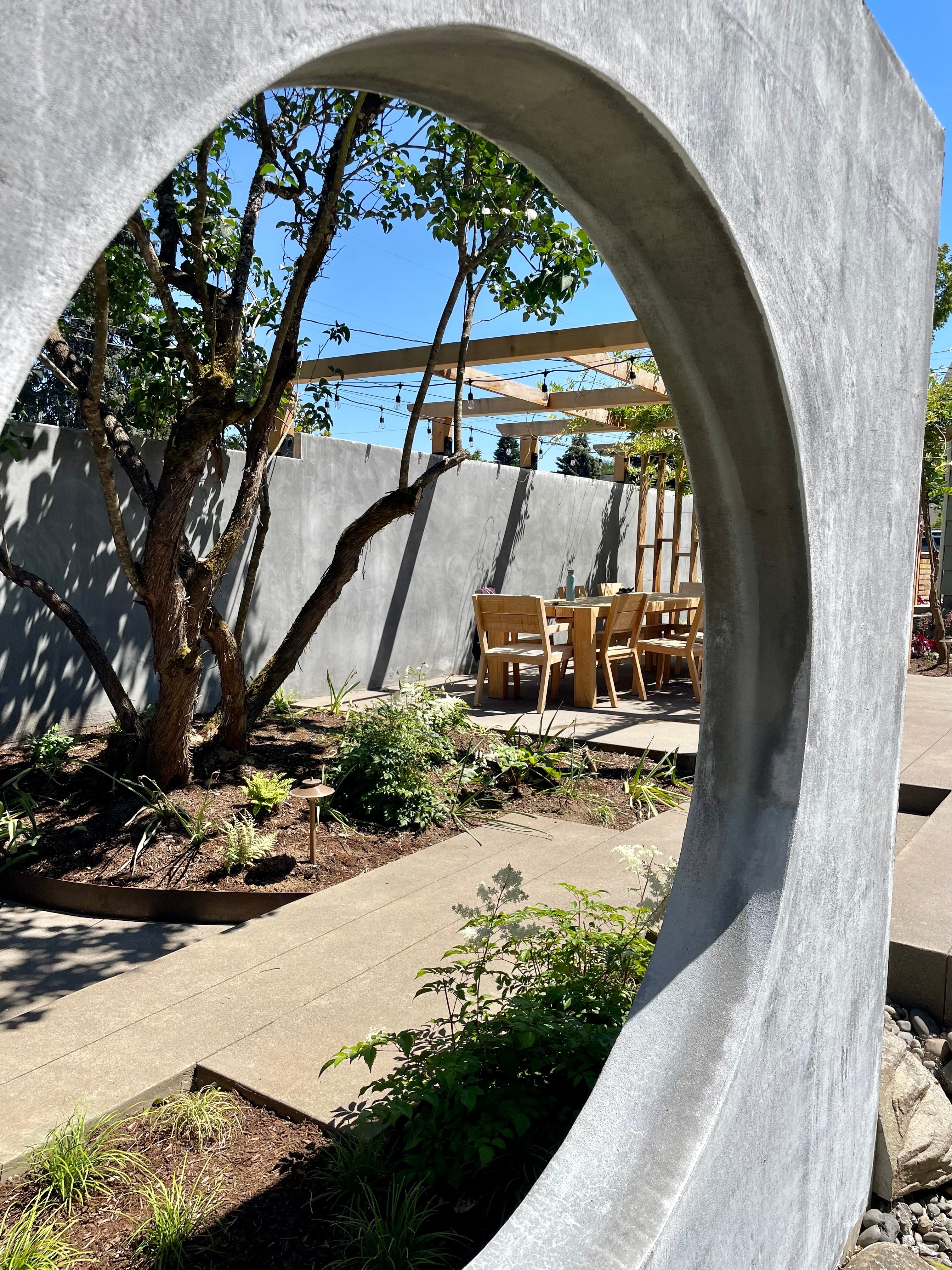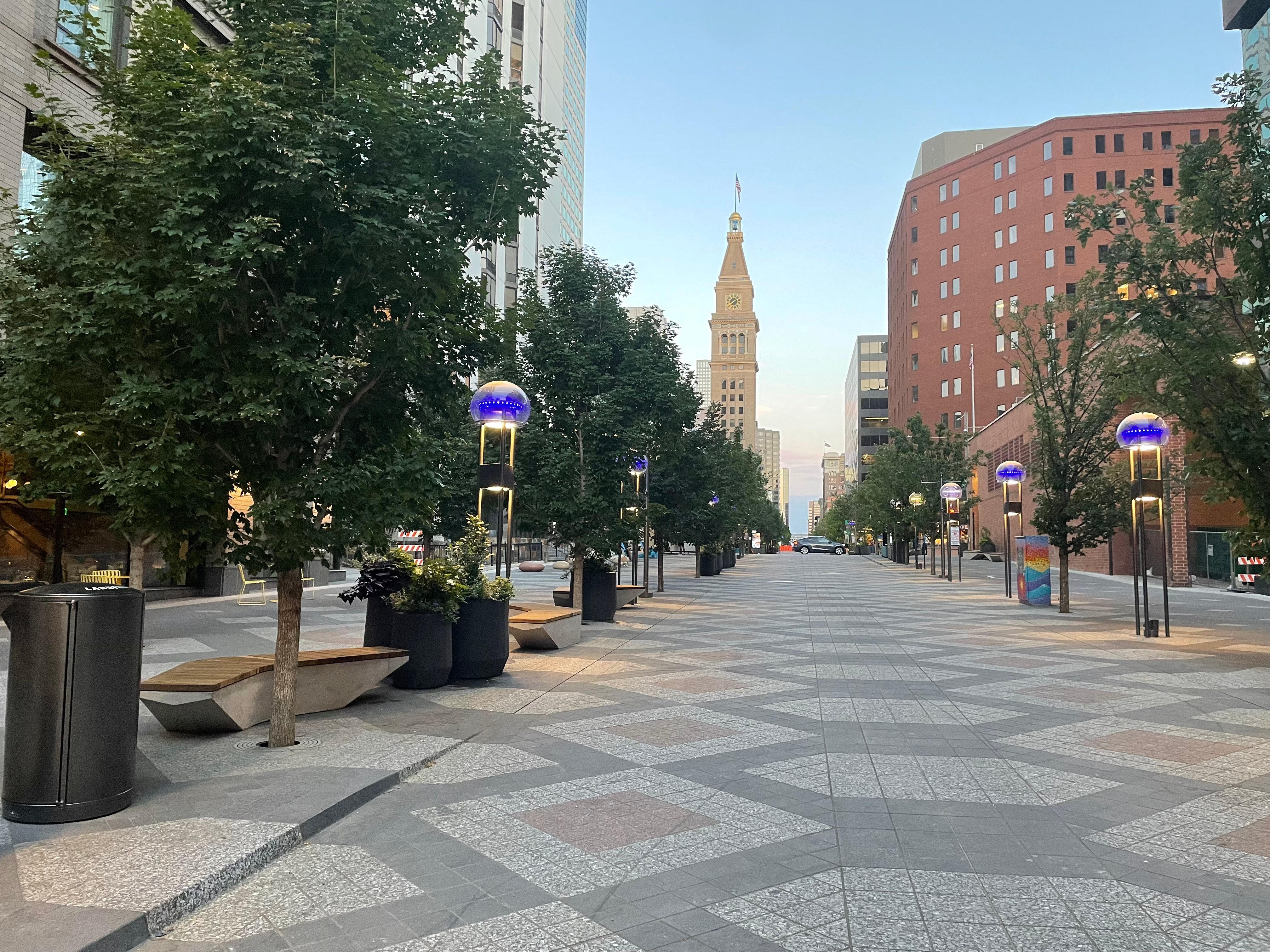How Tariffs May Affect Procurement
How Tariffs Could Affect Procurement in Landscaping
Did you ever play in the dirt? Build a sandcastle at the beach? Or try to balance yourself along a log? Then perhaps it’s no surprise that the newest trend among play spaces involves a return to traditional basics—tapping into Mother Nature’s abundant ability to inspire and engage children.
In addition to traditional plastic and metal structures, playgrounds are increasingly incorporating natural elements like logs, flower beds, boulders, trees, and more, with research suggesting these natural settings significantly enhance children’s physical, cognitive, and emotional development.
"Connecting kids with nature is essential for their well-being, helping them feel better, focus more, and grow into happier, healthier individuals,” comments Dr. Suzanne Quinn of KOMPAN Play Institute Manager, Americas. “Despite challenges like space, cost, and maintenance in urban areas, it's crucial to prioritize nature in play spaces to nurture our humanity."

To the landscape community, this isn’t surprising news. Yet knowing how to integrate nature into traditional play spaces as well as the essential considerations for designing safe and inclusive natural playgrounds takes a bit more thought.
As mentioned, incorporating natural elements into play spaces offers a range of developmental benefits. According to a study published in the National Library of Medicine, natural play elements provide diverse sensory experiences and encourage active exploration, which fosters creativity, problem-solving skills, and resilience. These spaces also help reduce stress and improve emotional well-being by connecting children with nature and offering unstructured play opportunities.
On the other hand, traditional playground equipment provides structured activities that develop motor skills, coordination, and social interactions through climbing, swinging, rocking, gliding, and spinning. Luckily, when designing play spaces, we don’t have to choose one or the other.

When combined, natural elements and traditional equipment create a balanced and well-rounded outdoor play experience and environment. Natural features like rocks, logs, and water elements can be integrated with durable manufactured equipment like slides, swings, and climbing structures to offer a comprehensive play experience that supports a wide range of developmental needs while stimulating a child’s imagination and sense of adventure.
“Along with a variety of non-toxic plants, shrubs, trees, and touchable natural materials in the play space, there should be a variety of structures to support movements, such as climbing, swinging, spinning, rocking, swaying, and balancing,” asserts Dr. Quinn, adding, “These activities should be accessible and usable for persons of all abilities.”
Combining the best of both worlds — traditional playground equipment and natural elements — creates a dynamic play space. Let's explore practical ways to integrate nature into existing play spaces.

The AHS manual also makes note of soil. Remember that when planting, soil should be free of lead and other chemicals. Even organic fertilizers, such as kelp or fish emulsion, are still not things children should have access to at any time, the manual cautions.

Playground industry experts are recognizing that local municipalities increasingly want designs that feature natural materials—whether they’re existing or added to well-established playground spaces. There are important considerations to make in the initial planning process to maximize a new and safe nature-infused playground.
Communities with modern playgrounds should consider how natural elements can be safely built into their design to encourage more cohesiveness with their surroundings. This includes site design, layout, gardens, other special areas, and overall safety surfacing.
Creating inclusive play spaces with natural elements goes beyond meeting basic accessibility requirements; it involves designing environments that cater to diverse abilities and needs. Dr. Quinn recommends that nature playscapes, even in smaller areas, should offer hands-on experiences with “loose parts” such as sand and water tables, which are essential for fostering sensory exploration and imaginative play. Dr. Quinn also stressed that accessibility needs to address more than just physical barriers like wheelchair access — it should also consider communication and sensory disabilities, ensuring that all children feel welcomed and engaged.
“Some design tips I recommend for nature play and natural playgrounds is to create a playful and welcoming atmosphere for all people; activate the senses with nature that is touchable, smellable, seeable; activate the body with play events to choose from: climbing, swinging, spinning, balancing, rocking and sliding; and overall, respect nature and our common worlds,” says Dr. Quinn.
Michele Keyser
Director of Communications
International Play Equipment Manufacturers Association (IPEMA)
Harrisburg, PA
717-238-1744
ipema.org
Photo Credits: KOMPAN Inc.

How Tariffs Could Affect Procurement in Landscaping

A Portland firm gets ahead of the storm, with sustainability and style. By Christine Menapace, Editor Stormwater management is an increasing...

Denver employs an advanced below-ground infrastructure to handle stormwater and promote urban tree growth.